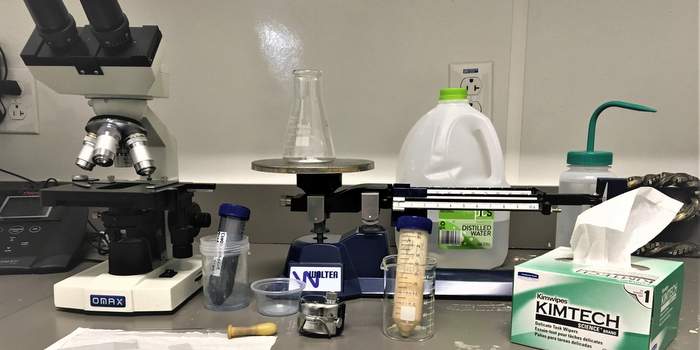Consistent yeast performance requires accurate pitching. There are many ways to do this. There are cool machines like the NucleoCounter YC-100, which determines the number of yeast cells and the percentage of living cells (the viability), providing precision and reliability for beer makers. There’s the excellent Aber PerfectPitch, a yeast pitching control module with the flexibility to connect to various yeast storage vessels and fermenters in the brewery (no lab required!). And then there’s the traditional conical tubes, stains, hemocytometer and microscope method, which is detailed in the video above.
This just uploaded video is via White Labs, the world-renowned yeast expert and fermenting consultant. The famed San Diego-headquartered company offers lots of educational opportunities: laboratory staff training, contamination risk assessment, yeast handling, laboratory setup, yeast propagation and cellar training. They’ve also been uploading a lot of cool videos and training modules during the pandemic.
Why is yeast counting important? Let’s turn to CBB contributor Amy Todd:
When you don’t add enough yeast to your wort, or underpitch your beer, yeast gets stressed and overworked. This can lead to off flavors and inconsistent fermentations. Adding too much yeast can also lead to off flavors and affect your fermentation rates.
Consistent fermentations help you schedule upcoming beers, ensure you have healthy yeast available to collect and re-use and provide a more predictable flavor profile.
In many breweries, the lab is responsible for counting yeast cells and communicating the amount of yeast needed to pitch each batch of beer. Other breweries you’ll find this falls on the brewers or cellar workers. It’s great to have a variety of people who are trained on it since people like to take a vacation every now and then.
Learn more in the video above, or read our in-depth guide to cell counting right over here.






Leave a Reply
You must be logged in to post a comment.